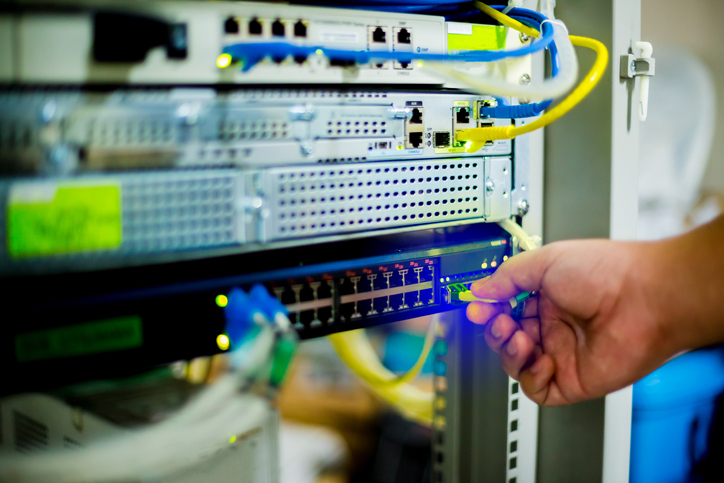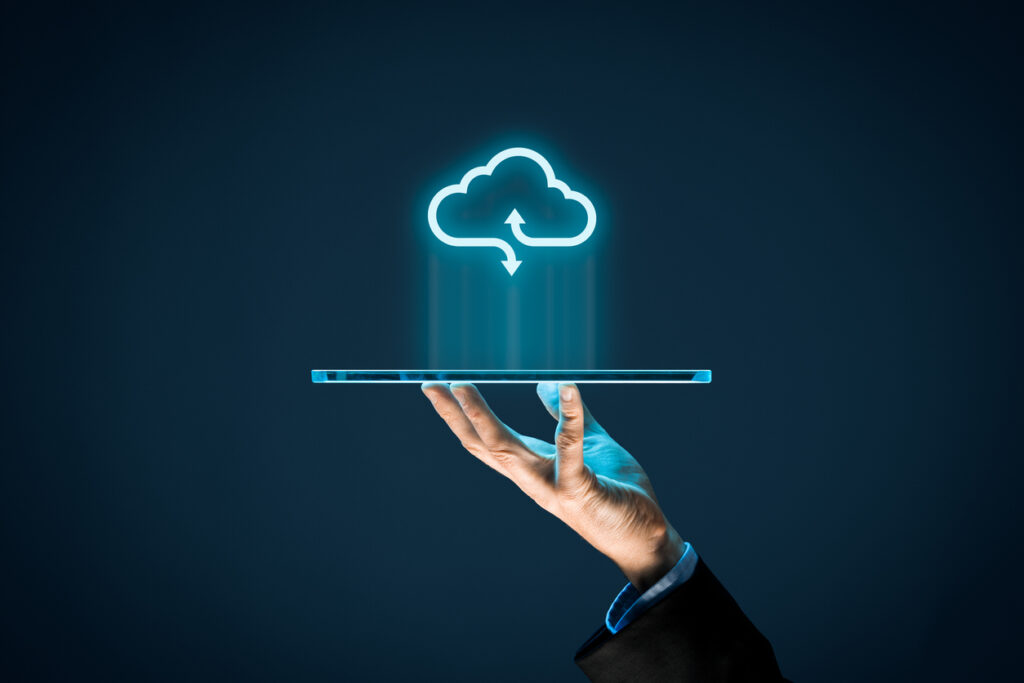IT teams are under constant pressure to deliver fast, reliable, and secure networks across diverse environments. As remote branches, hybrid work, and edge connectivity become standard, cloud-managed switching provides the agility needed to operate at scale. Cisco Meraki’s ease of use has long made it a favorite for managing distributed networks, but the need for enterprise-grade hardware often meant choosing between cloud simplicity and Catalyst-class performance.
That’s changed. The evolution of Cisco Meraki switches now includes full support for cloud-native IOS XE. This major shift eliminates the older container-based firmware previously used to support Catalyst hardware in Meraki environments. Now, Meraki-managed Catalyst switches run native IOS XE, bringing performance, extensibility, and enterprise-grade controls into Meraki’s cloud dashboard.
In this article, we will explain what this means for technical teams, how to select the right operating mode, and how cloud-native IOS XE impacts performance, telemetry, configuration, and future capabilities.

Earlier iterations of Cisco Meraki switches, specifically Catalyst-based hardware like the MS390, relied on containerized firmware to bridge the gap between Meraki cloud management and IOS XE-based platforms. While this approach worked, it introduced latency in configuration pushes, limited telemetry resolution, and delayed support for advanced features.
With IOS XE 17.15.3 and later, Cisco has replaced this architecture with a truly native cloud-managed mode. The Meraki dashboard now communicates directly with the switch’s control and data planes via YANG-based APIs, removing the need for intermediate containers. This results in faster boot times, better telemetry, and more predictable configuration behavior.
All configuration logic, event processing, and telemetry flows now occur directly on IOS XE, on the same operating system trusted by thousands of Catalyst customers worldwide.
Cisco now offers two distinct management modes for Meraki-managed Catalyst switches:
In Cloud Mode, all configuration is managed exclusively through the Meraki dashboard. The switch accepts read-only access via the Meraki-hosted Cloud CLI. There’s no local CLI access, and changes must be made centrally. This mode is ideal for organizations standardizing operations and preferring a cloud-first model.
Hybrid Mode allows for full local CLI access while also pushing telemetry to the Meraki dashboard. Network administrators can configure interfaces, routing, and protocols directly through the console while gaining cloud-based visibility, packet capture, and troubleshooting. Hybrid Mode is recommended for advanced environments with complex routing or NAC policies.
Each mode comes with trade-offs. For distributed enterprise environments or retail deployments with limited on-site IT, Cloud Mode ensures standardization and ease of use. For campus environments or networks requiring on-premise control over Layer 3 and policy enforcement, Hybrid Mode provides flexibility.
Cisco Meraki switches in either mode benefit from native telemetry and cloud visibility, eliminating the delay or translation overhead present in containerized systems.

The introduction of Cloud CLI provides a secure method for engineers to access IOS XE without exposing the switch to the open internet. From the Meraki dashboard, a Cloud CLI session is launched in a browser, enabling real-time diagnostics and command-line access based on the selected management mode.
In Cloud Mode, this interface is read-only, ensuring configuration compliance and avoiding conflicts with dashboard policies. In Hybrid Mode, the CLI is fully writable, offering engineers the ability to apply advanced configurations or debug complex routing behavior on-site or remotely.
This feature bridges the gap between traditional IOS workflows and modern Cisco Meraki switches, giving administrators the freedom to troubleshoot without losing control over auditability and security.
Cloud-native IOS XE introduces powerful automation and safety tools that protect uptime and simplify onboarding.
Uplink Auto Configuration (UAC) helps switches automatically determine their best path to the Meraki cloud. If one uplink fails, the switch automatically fails over to a secondary path, ensuring persistent dashboard connectivity.
Equally important is the Safe Config feature. When administrators push a configuration change that could disrupt access, such as modifying interface or VLAN settings, the switch automatically applies the changes with a two-hour rollback window. If connectivity to the Meraki dashboard is lost, the system restores the previous known-good config without human intervention.
This reduces the risk of lockouts, a common concern when managing Cisco Meraki switches across branch offices or unmanned sites.
With the removal of containerized translation layers, configuration changes pushed from the Meraki dashboard now apply directly to IOS XE. This YANG-based structure offers more precise control, faster application of settings, and better error handling.
Dashboard operations such as VLAN provisioning, interface updates, or port security are now executed in seconds, not minutes. This leads to a 60% improvement in configuration speed and up to 50% faster boot times for affected switches.
In addition, the Meraki dashboard can now offer better feedback, highlighting misconfigurations, showing native CLI output for errors, and ensuring consistency across multi-site deployments. This improves confidence for IT teams deploying Cisco Meraki switches at scale.
The cloud-native IOS XE update is currently supported on several popular Catalyst platforms, including:
Organizations deploying Cisco Meraki switches across large environments can upgrade from legacy Meraki container firmware to native IOS XE via a dashboard-initiated upgrade. The process is straightforward but irreversible. Once the switch is converted to native IOS XE, it cannot be downgraded to container-based firmware.
For Catalyst devices previously managed through CLI and Cisco DNA Center, the upgrade path to cloud-managed IOS XE introduces Meraki dashboard control without sacrificing enterprise capabilities. However, care must be taken to evaluate VLAN overlaps, routing policies, and CLI-based features that may behave differently in dashboard-managed mode.
Stratus Information Systems helps customers evaluate these upgrade scenarios and ensures a smooth transition that preserves performance, visibility, and compliance.
Several architectural elements change when managing Cisco Meraki switches via cloud-native IOS XE.
Most notably, Meraki-managed switches now use a single management IP interface (SVI), shared with routing logic. This simplifies device configuration and streamlines access control, but may require updates to ACLs or policy enforcement rules.
The default Spanning Tree Protocol also shifts from PVST (Per-VLAN Spanning Tree) to MSTP (Multiple Spanning Tree Protocol), offering broader compatibility with other Meraki switching environments. Simulated PVST compatibility ensures legacy interoperability in most cases.
For large networks, the Alternate Management Interface (AMI) may be needed to separate management traffic from routing or service-plane flows. This is particularly useful in hybrid deployments mixing Catalyst CLI-managed and Meraki cloud-managed switches.
Native telemetry in IOS XE allows Cisco Meraki switches to send syslogs, SNMP data, event logs, and performance metrics directly to the Meraki dashboard, so no container translation or encoding is needed. This results in more accurate diagnostics, faster alerting, and real-time visibility.
Tools such as live packet capture, port-level event logs, and historical configuration tracking are now fully integrated and responsive. Network engineers can drill into a problem, view traffic stats, and correlate configuration changes, all from a single interface.
This level of integration improves daily operations and accelerates troubleshooting across campus, branch, or hybrid environments where consistent insight is critical.
The move to cloud-native IOS XE sets the stage for a host of advanced features not previously possible on container-based Meraki platforms. This includes:
With native IOS XE, feature velocity increases significantly. Customers no longer need to wait for complete firmware overhauls to access new capabilities. The Meraki dashboard and IOS XE software are now decoupled, allowing more agile development cycles and faster access to innovation.
Cisco’s introduction of native IOS XE for Meraki-managed Catalyst switches bridges a longstanding gap between cloud simplicity and enterprise-grade control. Whether you’re managing remote branches or scaling campus deployments, this change unlocks performance, extensibility, and clarity without increasing operational complexity.
Organizations deploying Cisco Meraki switches can now take full advantage of IOS XE’s flexibility and Meraki’s centralized cloud control. It’s a future-ready combination that empowers teams to scale without compromise.
Stratus Information Systems helps organizations plan and implement their transition to cloud-native IOS XE. Our team delivers expert guidance from planning to post-deployment support.
Contact us today to speak with a Cisco-certified expert and explore how to modernize your Meraki switching environment for performance, security, and long-term scalability.

Continue Reading...